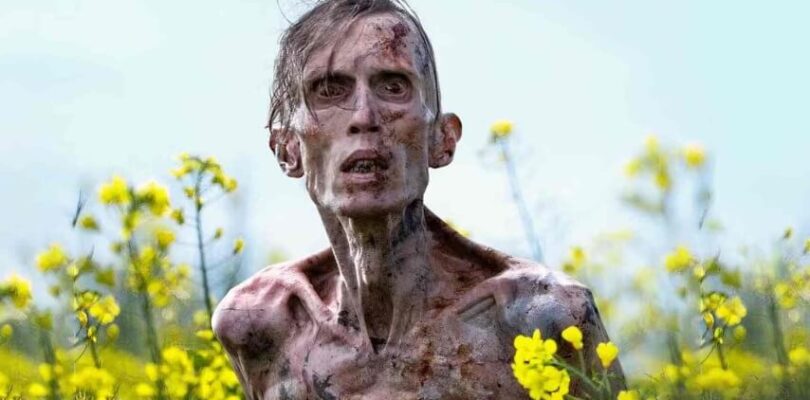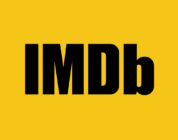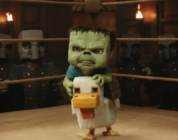Danny Boyle is a little irritated about an obtrusive zombie penis in his new horror film 28 Years Later—although not necessarily in the way you might expect. Boyle himself is, after all, primarily responsible for how dong-forward the sequel to his 2002 undead classic is: The amount of zombie nudity probably isn’t the most important thing about the movie (which is doing well, with both audiences and critics, in its opening weekend) but it is among the most eye-catching. Which is actually impacting Boyle’s ability to show you what he thinks is really cool about his film.
This is per Variety, where Boyle and screenwriter Alex Garland were talking about their plans for the revived franchise, which includes an upcoming sequel directed by Nia DaCosta, and a third film Garland is still in the process of writing. When asked about the amount of nudity in the movie, Boyle mostly talked around the concept, noting that there was “some backward and forward” with Sony about the graphic nature of the footage, but that the studio ultimately backed him. But then, when asked about his decision to film the movie on iPhones, Boyle admitted that he’s been stymied in demonstrating why he thinks the technique works, because YouTube won’t let him post one of the movie’s best scenes. On, y’know, account.
Specifically, Boyle was talking about a particular sequence in which one of his characters is savaged by the Alpha, the film’s notably pantsless primary undead antagonist. (Glimpsed only in brief flashes in the movie’s trailers, on, again, account.) “What’s annoying,” Boyle notes, “Is we can’t show it on YouTube because of its content. It’s the perfect illustration of how we want the cameras to work. There’s a scene where the Alpha drops into the train. You can see his genitals and then what he’s done to poor Erik from Sweden at the end of the shot, all in one. That was challenging to set up, and we were hoping to exploit it a bit more in the promotion of the film.” Still, Boyle is happy to turn an irritation into a promotional exercise, suggesting that you now have one more reason to go pay to see 28 Years Later in theaters. “You have to go to the cinema to see it. It’s worth it. I don’t normally recommend it directly in that way, but that shot is worth it.”




